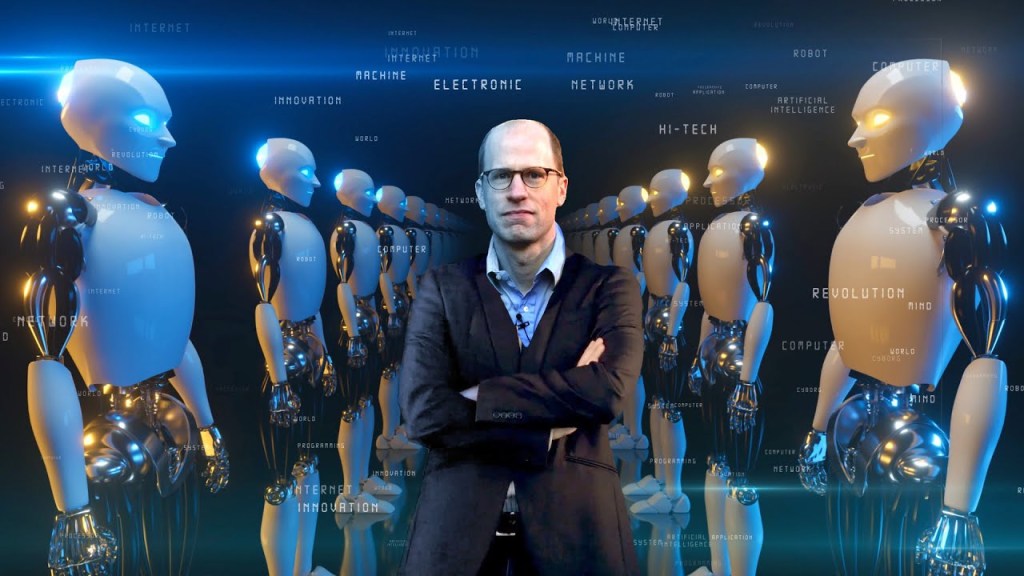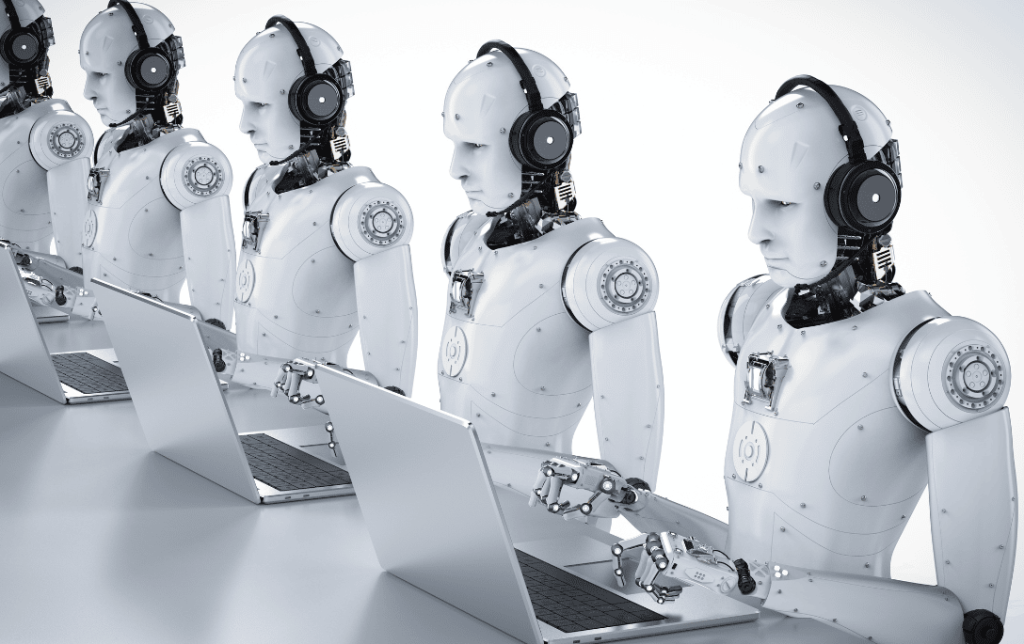
Evolution of AI Robots
The journey of AI robots traces back to the early days of robotics when simple machines were used in industries. However, it wasn’t until the integration of AI that robots gained remarkable autonomy and decision-making capabilities. The likes of Sophia, the humanoid robot, and self-driving cars are sterling examples of AI robots that have captured our imagination.
AI and Robotics Integration
The marriage of AI and robotics is deeply rooted in the realm of machine learning. Robots are now equipped with the ability to learn from data, adapt to new situations, and improve their performance over time. Natural language processing has enabled robots to understand and respond to human commands, making human-robot communication more intuitive than ever before.
Sensing technologies, such as computer vision and tactile sensors, have enhanced the sensory perception of robots, allowing them to navigate complex environments, recognize objects, and even interact with humans safely.
Applications of AI Robots
The applications of AI robots span a wide spectrum of industries, revolutionizing the way tasks are accomplished:
In the healthcare sector, AI robots assist surgeons in delicate procedures, provide companionship to the elderly, and even deliver medications in hospitals. Their precision and tireless nature make them invaluable assets in the medical field.
Manufacturing processes have witnessed a transformation with the introduction of robots that handle repetitive and hazardous tasks. From assembling intricate components to welding, robots contribute to increased efficiency and product quality.
Customer service is being redefined by AI robots that provide round-the-clock support, answer queries, and offer personalized recommendations. This not only enhances customer experience but also frees human agents to focus on more complex issues.
Challenges in AI Robotics
While AI robots offer immense potential, they also bring forth certain challenges. Ethical concerns regarding the use of AI in decision-making processes, the potential loss of jobs due to automation, and the question of robot rights in cases of accidents or errors are subjects of ongoing debate.
Technical limitations include the need for more advanced AI algorithms to ensure better context understanding and decision-making. Safety concerns arise as robots become more autonomous and interact more closely with humans, necessitating stringent safety protocols.
Future Trends of AI Robots
Looking ahead, the evolution of AI robots holds exciting possibilities. Robots are likely to become even more lifelike, capable of understanding emotions, and exhibiting empathy. The concept of collaborative robots (cobots) will gain prominence, where humans and robots work hand in hand to achieve shared goals.
AI’s potential to drive creativity and innovation will manifest in robots contributing to fields like art, music, and design, further blurring the lines between human ingenuity and artificial intelligence.
Impact on Society
The proliferation of AI robots has sparked debates about job displacement. While certain jobs might become automated, new roles will emerge, requiring skills in robot maintenance, programming, and ethical oversight. Industries will experience enhanced efficiency and productivity, ultimately benefiting consumers.

Addressing concerns about robots taking over jobs, history has shown that technological advancements tend to create more opportunities than they replace, as seen in the wake of the industrial revolution.
Ethical Considerations
As AI robots become integrated into our lives, ethical considerations are paramount. Establishing clear guidelines for AI robots’ behavior and decision-making is crucial. Ensuring robots follow moral principles and respect human values is a shared responsibility of developers, regulators, and society at large.
Striking the right balance between technological advancement and human ethics will shape the future trajectory of AI robots and their impact on society.
The Human-Robot Partnership
Rather than viewing AI robots as replacements, we should embrace the concept of a human-robot partnership. AI robots can augment human abilities, assisting in tasks that are dangerous, repetitive, or time-consuming. Collaborative environments where humans and robots complement each other’s strengths can lead to unprecedented levels of productivity and innovation.

Conclusion
The evolution of AI robots marks a turning point in human history, propelling us into a future where technology and humanity coexist in harmony. As AI continues to advance, we have the opportunity to harness its potential to transform industries, enrich lives, and shape a brighter future for all.
Leave a comment